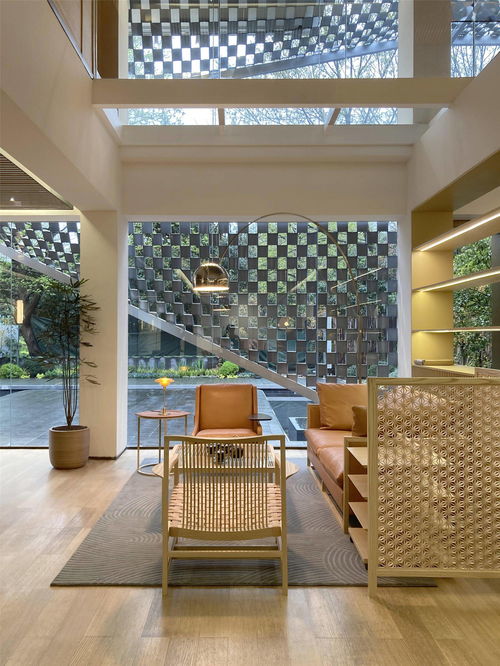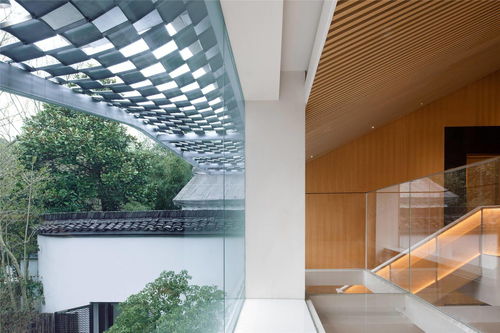Mixing Wood Tones: A Comprehensive Guide
Wood tones are a fundamental element in interior design, offering warmth, texture, and a sense of natural beauty to any space. Whether you’re a seasoned decorator or just starting out, understanding how to mix wood tones can elevate the aesthetic appeal of your home. In this detailed guide, we’ll explore various aspects of mixing wood tones, from color theory to practical application.
Understanding Wood Tones

Wood tones refer to the range of colors and shades found in different types of wood. These tones can vary widely, from the rich, dark hues of mahogany to the light, warm tones of pine. To effectively mix wood tones, it’s essential to understand the color spectrum and how different woods interact with one another.
| Wood Type | Color Tone |
|---|---|
| Mahogany | Rich, dark brown |
| Maple | Light, warm beige |
| Oak | Warm, golden brown |
| Pine | Light, soft beige |
When selecting woods for your space, consider the overall color scheme and the mood you want to create. For example, a room with a modern, minimalist aesthetic might benefit from pairing light, natural woods like pine or maple, while a more traditional space could be enhanced by incorporating darker, richer tones like mahogany or oak.
Color Theory and Wood Tones

Color theory plays a crucial role in mixing wood tones. By understanding the color wheel and how colors interact, you can create a harmonious blend of wood tones in your space. Here are some key principles to keep in mind:
- Complementary Colors: Pairing complementary colors can create a striking contrast. For instance, combining a light oak with a dark cherry can create a visually appealing balance.
- Analogous Colors: Using analogous colors, which are next to each other on the color wheel, can create a more cohesive look. For example, pairing a light oak with a warm, golden maple can create a warm, inviting atmosphere.
- Monochromatic Colors: Sticking to a single color family can create a sleek, modern look. In this case, you can mix different shades of the same wood tone to achieve a consistent aesthetic.
When applying these principles, it’s important to consider the size and placement of each wood element in the room. Larger pieces, such as furniture or flooring, will have a more significant impact on the overall color scheme, while smaller elements, like picture frames or decorative objects, can add subtle accents.
Practical Application: Mixing Wood Tones in Your Home

Now that you have a better understanding of wood tones and color theory, let’s explore some practical ways to mix wood tones in your home:
- Furniture: Mix and match furniture pieces with different wood tones to create visual interest. For example, a dark wooden dining table can be paired with light wooden chairs to create a striking contrast.
- Accents: Use wood accents, such as picture frames, mirrors, or decorative objects, to add texture and depth to your space. Choose accents that complement the wood tones in your furniture and flooring.
- Wall Color: Select a wall color that complements your wood tones. For instance, a light, neutral color can help balance the warmth of dark wood tones, while a bold, vibrant color can create a striking backdrop for light woods.
- Hardwood Floors: Hardwood floors can set the tone for the entire room. When choosing hardwood floors, consider the wood tone and how it will interact with other wood elements in the space.
Remember that the key to successful wood tone mixing is balance and harmony. Don’t be afraid to experiment with different combinations, but always keep the overall aesthetic in mind. With a bit of creativity and attention to detail, you can create a stunning space that showcases the beauty of mixed wood tones.
Conclusion
Mixing wood tones can be a rewarding and enjoyable process, as it allows you




